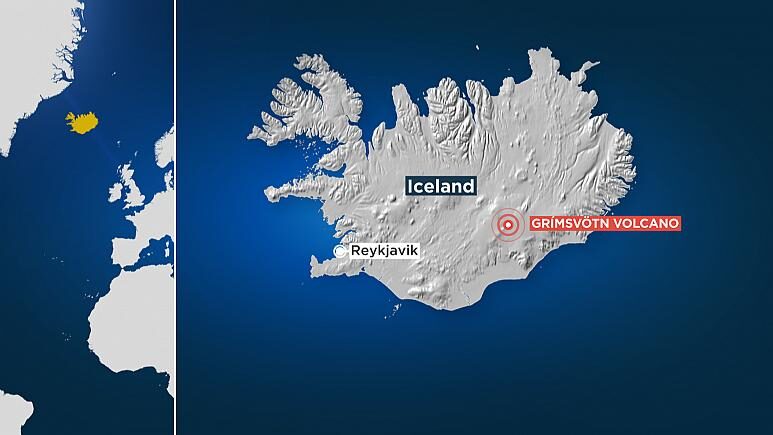OF THE
TIMES
Briefly stated, the Gell-Mann Amnesia effect is as follows. You open the newspaper to an article on some subject you know well... You read the article and see the journalist has absolutely no understanding of either the facts or the issues. Often, the article is so wrong it actually presents the story backward—reversing cause and effect...
In any case, you read with exasperation or amusement the multiple errors in a story, and then turn the page to national or international affairs, and read as if the rest of the newspaper was somehow more accurate about Palestine than the baloney you just read. You turn the page, and forget what you know.
Macron isn't listening. He already has French troops in Ukraine. They are far away from the front line for the moment. Their chances of seeing the...
The UK haven't yet got around to fatality shooting their mentally ill people as a way of taking them into custody. It seems very plain to me that...
If there is any way to look inside the mind of God – and I doubt it – it is to accept that wars are about power, except that power is an illusion....
The NWO minions running these global companies are seeing that these days there are repercussions to supporting genocide and to the theft of a...
This article bring back a memory of: [Link] And the book by James Burnham mentioned here: [Link] Which has; As I discussed in part one [Link]...
To submit an article for publication, see our Submission Guidelines
Reader comments do not necessarily reflect the views of the volunteers, editors, and directors of SOTT.net or the Quantum Future Group.
Some icons on this site were created by: Afterglow, Aha-Soft, AntialiasFactory, artdesigner.lv, Artura, DailyOverview, Everaldo, GraphicsFuel, IconFactory, Iconka, IconShock, Icons-Land, i-love-icons, KDE-look.org, Klukeart, mugenb16, Map Icons Collection, PetshopBoxStudio, VisualPharm, wbeiruti, WebIconset
Powered by PikaJS 🐁 and In·Site
Original content © 2002-2024 by Sott.net/Signs of the Times. See: FAIR USE NOTICE

Comment: On the 4th December, Volcano Discovery reported on the glacial flooding at Grimsvötn: The following tweets, translated by Twitter, show the flooding, deformation, and melt at Grimsvötn volcano: Whilst Grímsvötn volcano may be considered to erupt with some regularity, this comes amidst an uptick of seismic and volcanic activity elsewhere in Iceland, as well as across much of the planet:
- 'Weak explosion' & unusual seismic signals recorded at Mount Pinatubo - last erupted in 1991, considered 2nd largest eruption of the 20th century
- 34,000 quakes in two weeks near Fagradalsfjall volcano, Iceland - 900% increase in activity compared with whole of 2020
- Residents flee massive ash cloud from erupting Semeru volcano in Indonesia - At least 22 dead (UPDATE)
- Scientists racing to Canary Island volcano to study it
Also check out SOTT radio's:- MindMatters: The Holy Grail, Comets, Earth Changes and Randall Carlson
- Behind the Headlines: Earth changes in an electric universe: Is climate change really man-made?
As well as SOTTs monthly documentary SOTT Earth Changes Summary - October 2021: Extreme Weather, Planetary Upheaval, Meteor Fireballs